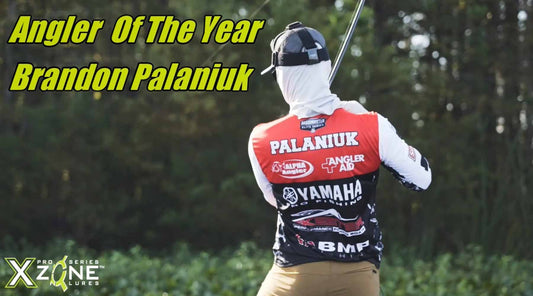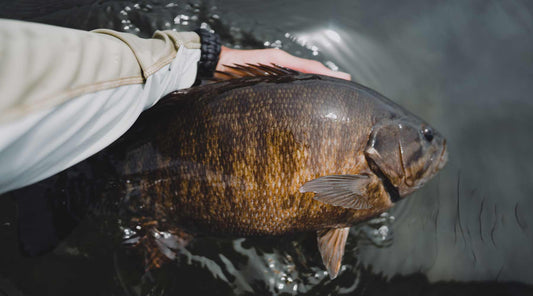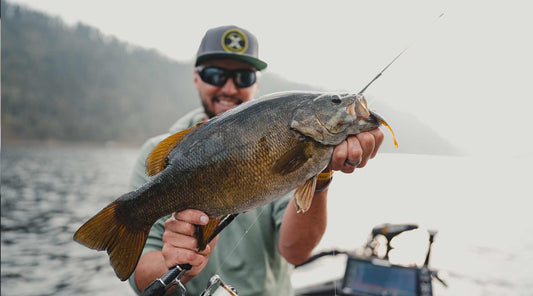News

Brandon Palaniuk 2022 Angler of the Year
Palaniuk 2022 Bassmaster Angler of the Year By: Christopher Decker
Brandon Palaniuk 2022 Angler of the Year
Palaniuk 2022 Bassmaster Angler of the Year By: Christopher Decker


Continuing To Grow As An Angler
Elite Series Pro Carl Jocumsen Discusses How He Continues To Grow As An Angler
Continuing To Grow As An Angler
Elite Series Pro Carl Jocumsen Discusses How He Continues To Grow As An Angler
